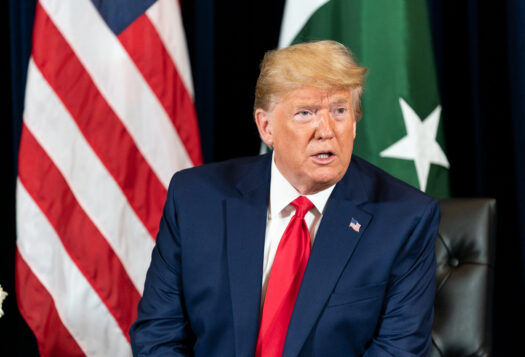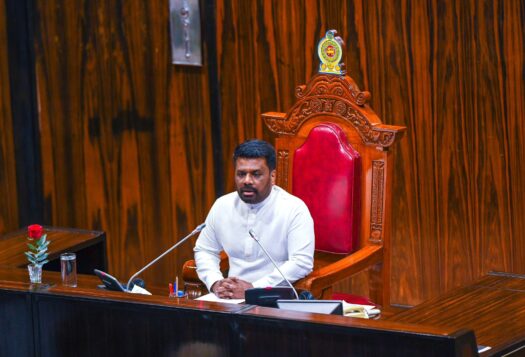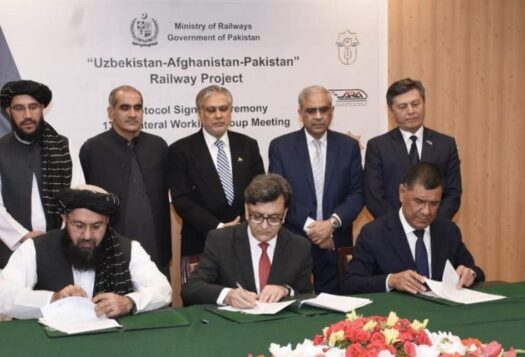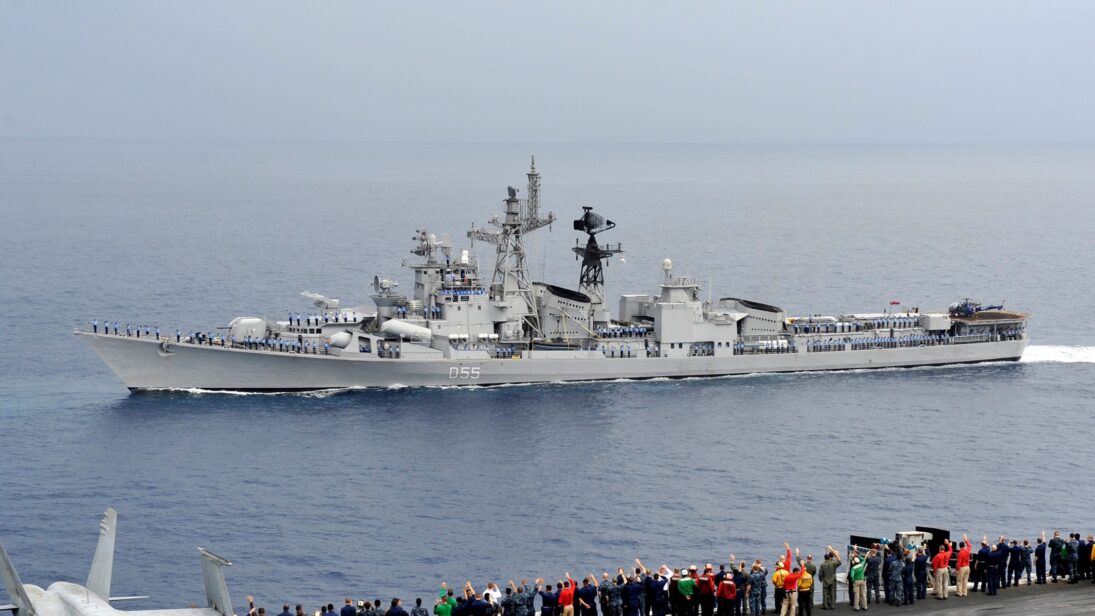
China is a net importer of oil and gas and is heavily dependent on overseas energy supplies for its sustained economic expansion and development. According to some predictions, the demand for oil and gas will continue to rise, accounting for 32 percent of the total energy mix by 2050. China’s global outreach for oil resources revolves around two regions, West Asia, and Africa, which account for almost 63 percent of its crude oil imports. Much of these energy supplies pass through the Indian Ocean region (IOR), to which Beijing has no direct access.
Many analysts consider Beijing’s lack of access to the IOR as its most critical vulnerability. With the “zero-covid policy” lifted, China’s COVID-19-induced slowdown may cease, increasing demand for foreign oil and gas. Russia’s war in Ukraine will intensify the Europe-China rivalry over West Asian and African hydrocarbons. Therefore, to ensure an affordable and consistent supply of oil and gas, Beijing is increasingly engaging with the resource-rich countries in this part of the world.
Many analysts consider Beijing’s lack of access to the IOR as its most critical vulnerability.
Centrality of West Asia and Africa in China’s Energy Security
Highlighting the continued centrality of West Asia and Africa in China’s energy strategy, President Xi Jinping attended the inaugural China-Gulf Cooperation Council (GCC) summit in Riyadh, where he inked 34 energy and investment deals with Saudi Arabia, a major supplier of oil to Beijing. Similarly, China’s ‘resource diplomacy’ in Africa is on the rise. Beijing is wooing African states with significant capital investment in the oil and gas energy systems. At its peak, China imported 31 percent of its oil from Africa in 2010, which has reduced to 13 percent today.
This decline in China’s overall crude oil imports from the African continent was mainly due to Covid-19 pandemic-induced slowdown and setbacks faced due to its neo-colonialist policies. Notably, China’s foreign policy tools like the Belt and Road Initiative (BRI) exhibit neo-colonial inclinations with imperialistic overtones that has led to creating dependency, internal instabilities and undermining sovereignty in several African countries like Libya, Sudan, South Sudan and Angola.
China’s Energy (in)security
The geographical implications of these energy resources transiting via the IOR are at the heart of the debate surrounding China’s energy (in)security. China’s economic expansion needs a safe and long-term energy solution. Therefore, if Beijing wants to expand at a considerable rate to rise economically and militarily, energy supplies must be securely transported from West Asia and Africa to China’s eastern shore. For this, China’s maritime strategy must take into account the geographical aspects of energy security.
China is boosting its BRI and expanding the People’s Liberation Army (PLA) Navy’s role and presence in the IOR to circumvent the vulnerability of its energy systems. In the past decade, China, through its BRI projects, has tried to construct more pipelines in Central Asia and Russia to diversify its oil and gas imports and reduce its vulnerability of energy transiting via the IOR. Beijing is also developing Strategic Petroleum Reserves (SPR), with a current capacity of 40 or 50 days of imports. It aims to increase up to 90 days of imports to overcome energy insecurity induced by externalities. Therefore, the realisation in Beijing is that future competition with India in its ‘strategic backyard’, the IOR, would not only be for market or economic growth but also for control of foreign natural resources, notably oil and gas.
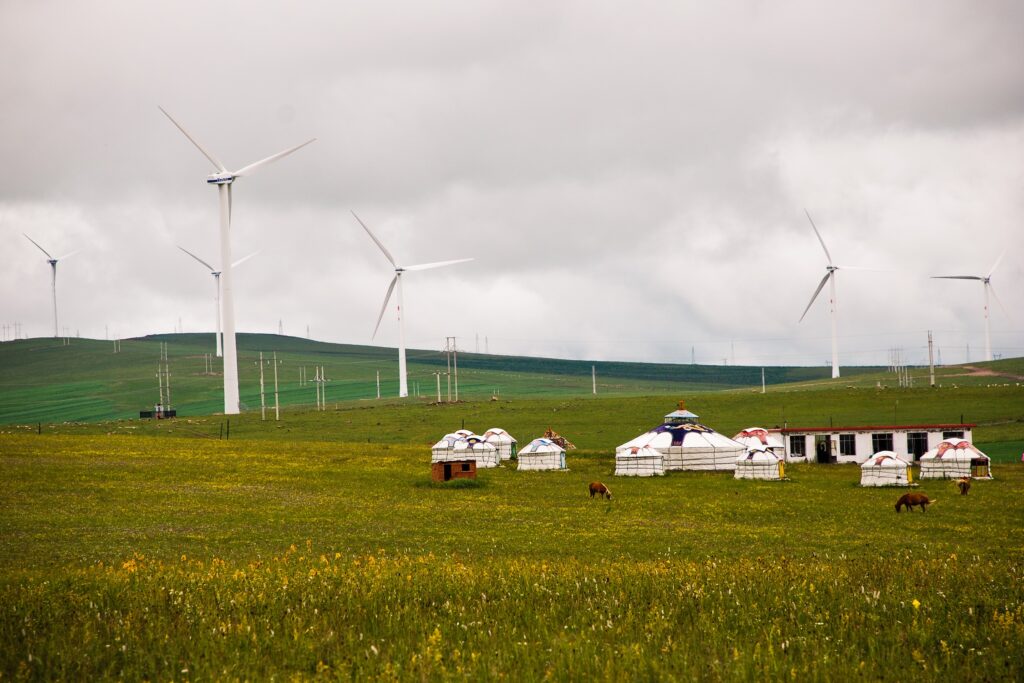
India and China in IOR: The Strategic Advantages
India’s strategic position at the intersection of international shipping lanes enables New Delhi to effectively and efficiently employ soft and hard power tools to contain China’s regional expansionism. China’s vulnerability is manifested by the fact that the Indian island territories of Andaman and Nicobar sit next to the Strait of Malacca, while the Persian Gulf, Gulf of Aden and the East African Coast are near India’s western seaboard. This gives New Delhi substantial influence over vital Sea Line of Communication (SLOCs) that carry the bulk of China’s oil and other merchandise trade.
India has overtaken China as the world’s most populous country. New Delhi will subsequently corner most Chinese-bound investments and manufacturing units to the Indian shores, catapulting rapid economic growth. Therefore, New Delhi can leverage its geographical location and large energy consumption potential to influence the overseas energy market and take a leading role in international energy architecture.
Aware of its energy vulnerability, China aims to secure a favourable maritime position in the region. To do so, Beijing seeks access to key ports in the region through the strategic financing model adopted in the BRI to offset India’s geostrategic advantages. China’s major concern is that the Indian Navy – if seen as a credible and capable force compared to the PLA Navy – can hold Beijing’s Indian Ocean-dependent economy hostage at times of conflict. Although, the PLA Navy has been rapidly modernising its fleet in recent years, and it now has one of the most impressive high-tech arsenals in the world, its ability to use these weapons and equipment remains unclear in real-world conflict.
India’s Naval Strength
The Indian Navy is well positioned to dominate the Chinese naval intrusions in the IOR as PLA’s Navy is untested to guarantee its efficacy in the far-off blue water operations. The IOR for the Indian Navy, is its strategic backyard, as the proximity to the mainland ensures additional tactical support. In contrast, the distance from its mainland is a significant limitation for the PLA Navy.
The Indian Navy has been tested in the IOR before and has proven to be effective in managing hostile actors in the region. This was evident when the Indian Navy achieved a decisive victory for the Indian armed forces during the Indo-Pak war in 1971. In order to “squeeze China’s strategic space” and counter China’s growing naval presence in the region the Indian Navy regularly engages with friendly foreign states under the rubric of SAGAR (Security and Growth for All in the Region) to position New Delhi as a ‘preferred security provider’ and ‘first responder’ in the region. The Indian Navy is regularly involved in humanitarian assistance and disaster relief (HA/DR) relief operations in its extended maritime neighbourhood. Therefore, Indian Navy’s HA/DR operations not only displays its commitment to regional stability, but also augments its capabilities that can prove invaluable during times of conflict.
With greater experience in the IOR, India’s Navy finds advantage over China’s untested force in these waters. With the majority of China’s energy and merchandise trade passing through the IOR, the outcome of conflict is unpredictable under current conditions. Therefore, to preserve its strategic advantage over China, the Indian Navy must accelerate its modernisation efforts. This includes significant expenditures across all dimensions of maritime power, with a focus on improving military capabilities through the development of naval vessels (manned, unmanned, and autonomous), as well as the associated infrastructure and equipment vis-à-vis China, which is quickly modernising its naval force and exhibiting assertive power projection in the IOR.
The vulnerability of Beijing’s energy supplies is real, and politics and security will be intimately interwoven in this quest to ensure the secure passage of this critical resource.
Way Forward
Despite Chinese efforts to move away from fossil fuels, oil and gas, these sources remain dominant in China’s energy mix. As a result, the geopolitics of energy (in)security will drive Chinese maritime strategies in the IOR. The vulnerability of Beijing’s energy supplies is real, and politics and security will be intimately interwoven in this quest to ensure the secure passage of this critical resource. Towards this end, Beijing will increasingly position its naval assets and investment close to Indian shores.
Together, these two factors will be the critical determinants for New Delhi to devise counter-strategies and exploit Beijing’s energy vulnerability to India’s advantage. With Beijing retaining a strong presence of PLA Navy ships in the IOR, India must constantly monitor the docking of these vessels in order to defend and preserve its maritime interests. The current efforts to modernise the Indian Navy under the Atmanirbhar Bharat (self-reliant India) initiative of the current government are aimed at mitigating future threats and challenges.
Furthermore, in light of stalled negotiations and unlikely cooperation between India and China, New Delhi should continue to maintain its economic and military links with the friendly foreign countries in the region in order to contain China’s aggressive presence in the region. Collaborative initiatives such as the Quadrilateral Security Dialogue (QUAD) in India’s extended maritime neighbourhood to bridge developmental gaps and provide credible alternatives to China for IOR recipient countries can play out in New Delhi’s favour.
Also Read: Beyond BRI Connectivity: Chinese Access to the Indian Ocean Through Afghanistan and Pakistan
***
Image 1: Indian Navy Ship INS Ranvijay via Flickr
Image 2: Wind Farm in China via Flickr
